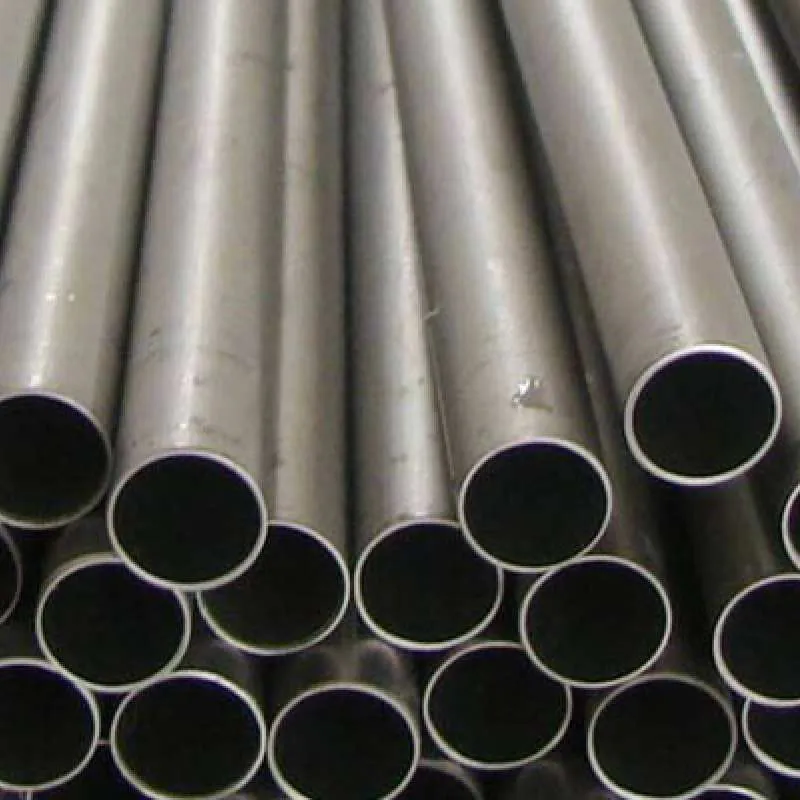-
Cangzhou Yulong Steel Co., Ltd.
-
Phone:
+86 13303177267 -
Email:
admin@ylsteelfittings.com
- English
- Arabic
- Italian
- Spanish
- Portuguese
- German
- kazakh
- Persian
- Greek
- French
- Russian
- Polish
- Thai
- Indonesian
- Vietnamese
- Zulu
- Korean
- Uzbek
- Hindi
- Serbian
- Malay
- Ukrainian
- Gujarati
- Haitian Creole
- hausa
- hawaiian
- Hebrew
- Miao
- Hungarian
- Icelandic
- igbo
- irish
- Japanese
- Javanese
- Kannada
- Khmer
- Rwandese
- Afrikaans
- Albanian
- Amharic
- Armenian
- Azerbaijani
- Basque
- Belarusian
- Bengali
- Bosnian
- Bulgarian
- Catalan
- Cebuano
- China
- China (Taiwan)
- Corsican
- Croatian
- Czech
- Danish
- Esperanto
- Estonian
- Finnish
- Frisian
- Galician
- Georgian
- Kurdish
- Kyrgyz
- Lao
- Latin
- Latvian
- Lithuanian
- Luxembourgish
- Macedonian
- Malgashi
- Malayalam
- Maltese
- Maori
- Marathi
- Mongolian
- Myanmar
- Nepali
- Norwegian
- Norwegian
- Occitan
- Pashto
- Dutch
- Punjabi
- Romanian
- Samoan
- Scottish Gaelic
- Sesotho
- Shona
- Sindhi
- Sinhala
- Slovak
- Slovenian
- Somali
- Sundanese
- Swahili
- Swedish
- Tagalog
- Tajik
- Tamil
- Tatar
- Telugu
- Turkish
- Turkmen
- Urdu
- Uighur
- Welsh
- Bantu
- Yiddish
- Yoruba

Oct . 02, 2024 17:14 Back to list
SS Concentric Reducer Specifications and Applications for Optimal Piping Solutions
Understanding SS Concentric Reducers A Comprehensive Overview
In the realm of industrial piping systems, various components are utilized to ensure the efficient flow of fluids. Among these components, the SS (Stainless Steel) concentric reducer stands out as a critical element. This article delves into the design, applications, advantages, and maintenance of SS concentric reducers, helping clarify their importance in modern piping systems.
What is a SS Concentric Reducer?
A stainless steel concentric reducer is a type of fitting used in piping systems that allows for a gradual transition between two different diameters of piping. They are characterized by a symmetrical configuration, where the smaller diameter pipe aligns at the center of the larger pipe. This design facilitates a smooth flow of fluids, minimizing turbulence and promoting efficient transport.
Design and Materials
The primary material used for SS concentric reducers is stainless steel, which is prized for its corrosion resistance, strength, and durability. Stainless steel grades commonly used include 304 and 316, each offering unique properties suitable for various environments. The design features of these reducers include smooth inner surfaces, which further enhance flow efficiency and reduce the risk of blockages.
Concentric reducers are available in various sizes to suit different piping systems, and custom sizes can also be manufactured. Their construction often adheres to industry standards, ensuring compatibility with a wide range of applications.
Applications of SS Concentric Reducers
SS concentric reducers are widely used across various industries, including
1. Oil and Gas In the extraction and transportation of oil and gas, these reducers facilitate the flow of crude oil, natural gas, and their derivatives through pipelines, ensuring an efficient transfer from one dimension to another. 2. Chemical Processing The chemical industry relies on concentric reducers to manage the flow of various chemicals in processing plants. Their resistance to corrosion is critical in these applications.
3. Water Treatment In water treatment facilities, SS concentric reducers play a vital role in managing the flow of water through different stages of purification and distribution.
4. HVAC Systems Heating, ventilation, and air conditioning systems benefit from concentric reducers that accommodate changes in airflow, ensuring optimal performance and energy efficiency.
ss concentric reducer

Advantages of Using SS Concentric Reducers
1. Reduced Turbulence The tapered design minimizes flow disturbances, reducing the risk of pressure loss and promoting efficient fluid transport.
2. Corrosion Resistance Stainless steel’s natural resistance to corrosion extends the lifespan of the reducer and maintains the integrity of the transported fluids.
3. Versatile Applications Their ability to connect pipes of different diameters makes concentric reducers versatile components in various industries.
4. Ease of Installation SS concentric reducers are designed for straightforward installation, reducing downtime and labor costs.
Maintenance Considerations
To ensure long-term performance, regular maintenance of SS concentric reducers is crucial. Users should inspect the reducers for signs of corrosion, leaks, or blockages periodically. Cleaning the inner surfaces helps to maintain flow efficiency and minimize the buildup of residues that can compromise performance.
Moreover, when selecting reducers for specific applications, considering factors such as pressure ratings, temperature limits, and compatibility with the transported medium is essential. Properly selecting and maintaining SS concentric reducers contributes significantly to the overall efficiency and safety of the piping system.
Conclusion
In conclusion, SS concentric reducers are indispensable components in various piping systems. Their ability to smooth the transition between different pipe sizes, combined with the benefits of stainless steel construction, positions them as essential tools in fluid transport. Understanding their design, applications, and maintenance can aid professionals in selecting the right components for their piping systems, ultimately enhancing performance and operational efficiency.
Latest news
-
ANSI 150P SS304 SO FLANGE
NewsFeb.14,2025
-
ASTM A333GR6 STEEL PIPE
NewsJan.20,2025
-
ANSI B16.5 WELDING NECK FLANGE
NewsJan.15,2026
-
ANSI B16.5 SLIP-ON FLANGE
NewsApr.19,2024
-
SABS 1123 FLANGE
NewsJan.15,2025
-
DIN86044 PLATE FLANGE
NewsApr.19,2024
-
DIN2527 BLIND FLANGE
NewsApr.12,2024
-
JIS B2311 Butt-Welding Fittings LR/SR 45°/90° /180°Seamless/Weld
NewsApr.23,2024











